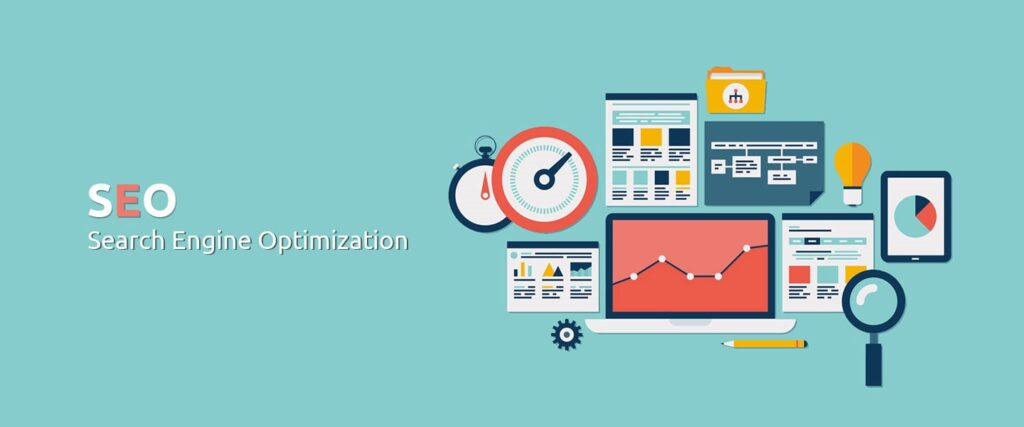SEO, or search engine optimization, is the process of improving the visibility and ranking of a website or webpage on search engine results pages. SEO services may include keyword research, on-page optimization, backlink building, and content creation, among other strategies. These services are aimed at increasing the quantity and quality of traffic to a website by making it more easily discoverable by search engines such as Google, Bing, and Yahoo. It is important to note that SEO is an ongoing process and requires regular monitoring and maintenance to maintain high rankings.
An SEO strategy is a plan for improving the visibility and ranking of a website or webpage on search engine results pages. A comprehensive SEO strategy typically includes the following elements:

- Keyword research: Identifying the keywords and phrases that potential customers are using to search for products or services related to your business.
- On-page optimization: Optimizing the content and structure of your website to make it more easily discoverable by search engines and more user-friendly for visitors.
- Technical optimization: Ensuring that your website is technically sound and that it can be easily crawled and indexed by search engines.
- Content creation: Creating high-quality, informative, and engaging content that will attract backlinks and social shares.
- Backlink building: Acquiring backlinks from other websites to your own to improve your website’s authority and ranking.
- Measurement and analysis: Regularly monitoring your website’s performance using tools such as Google Analytics and using the data to make informed decisions about future SEO efforts.
- Local SEO: To rank better in Local search results and map pack, you need to optimize your website for Local SEO.
It’s important to note that SEO is an ongoing process and requires regular monitoring and maintenance to maintain high rankings.
Website speed optimization is the process of improving the load time of a website in order to provide a better user experience and improve search engine rankings. Some common techniques used to optimize website speed include:

- Minimizing HTTP requests: Reducing the number of elements on a page, such as images and scripts, that need to be loaded by the browser.
- Optimizing images: Reducing the file size of images without losing quality, using image compression software.
- Minifying code: Removing unnecessary characters, such as white space and comments, from HTML, CSS, and JavaScript code to reduce file sizes.
- Enabling browser caching: Allowing the browser to store frequently requested resources, such as images and scripts, locally on the user’s device to reduce the number of requests made to the server.
- Using a Content Delivery Network (CDN): Storing and serving website resources from multiple servers located in different geographic locations to reduce load times for users in different regions.
- Using a Server-side optimization: Minimizing the use of complex queries, database indexes, and using caching mechanisms in server-side.
- Reducing third-party requests: Minimizing the use of third-party scripts, such as analytics and social media plugins, that can slow down the loading of a website.
It’s important to note that website speed optimization is an ongoing process, as it’s essential to keep up with the changes in technologies, browsers and devices. Regularly testing and monitoring website speed and making updates as needed can help maintain optimal load times.

